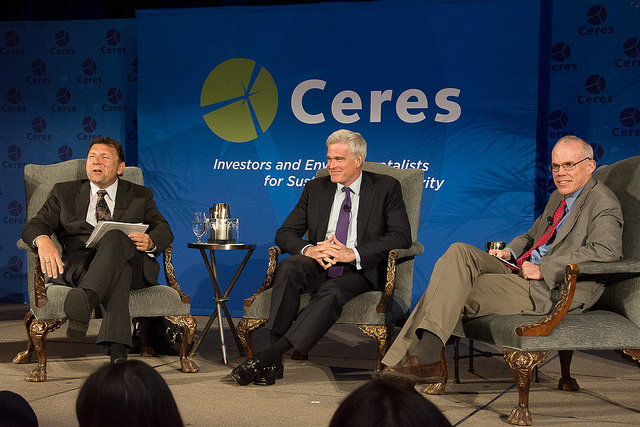Apr 17
20141
Foundations, Non-Profit Industrial Complex, The International Campaign to Destabilize Bolivia, Whiteness & Aversive Racism
WATCH: Our Brand Is Crisis | The Buying of Bolivia
Our Brand Is Crisis is a 2005 documentary film by Rachel Boynton on American political campaign marketing tactics by Greenberg Carville Shrum (GCS) in the 2002 Bolivian presidential election. The election saw Gonzalo Sánchez de Lozada elected President of Bolivia ahead of Evo Morales.
“For decades, U.S. strategists-for-hire have been quietly molding the opinions of voters and the messages of candidates in elections around the world. They have worked for presidential candidates on every continent (in Britain, Israel, India, Korea, South Africa, Venezuela, Brazil, to name a few…).
Without the noise of tanks or troops, these Americans have been spreading our brand of democracy from the Middle East to the middle of the South American jungle. OUR BRAND IS CRISIS is an astounding look at one of their campaigns and its earth-shattering aftermath.
With flabbergasting access to think sessions, media training and the making of smear campaigns, we watch how the consultants’ marketing strategies shape the relationship between a leader and his people. And we see a shocking example of how the all-American art of branding can affect the “spreading of democracy” overseas.”


























